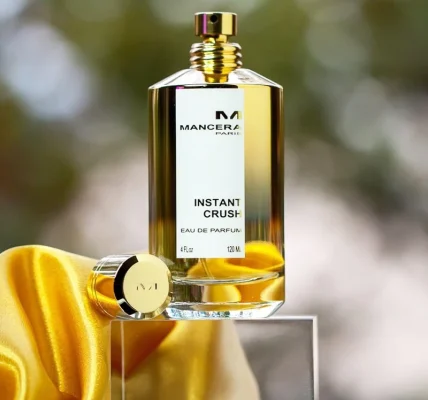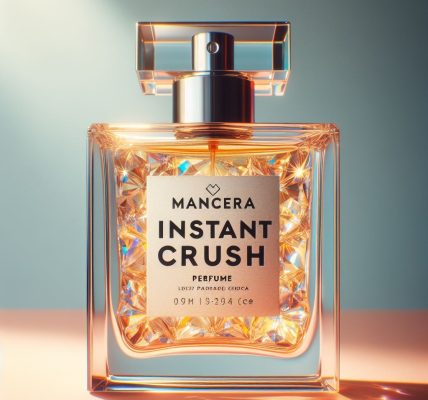In recent years, lab grown diamonds have gained significant attention as an ethical and sustainable alternative to traditional mined diamonds. As environmental concerns and ethical sourcing practices become more important to consumers, organizations like WWF (World Wildlife Fund) are advocating for more sustainable practices across industries. The connection between lab grown diamonds and WWF is clear: both are focused on protecting the environment, reducing carbon footprints, and supporting responsible sourcing. This article will explore how lab grown diamonds align with WWF’s sustainability goals and why they are becoming the preferred choice for eco-conscious consumers.
What Are Lab Grown Diamonds and Why Are They Important for Sustainability?
Lab grown diamonds are diamonds that are created in controlled environments using advanced technological processes such as High Pressure High Temperature (HPHT) and Chemical Vapor Deposition (CVD). Unlike mined diamonds, which require significant land disruption, water usage, and energy consumption, lab grown diamonds are produced with fewer environmental impacts. This makes them a more sustainable option in the jewelry industry. The rise of lab grown diamonds aligns with WWF’s mission to reduce human impact on the planet by promoting sustainable practices and supporting industries that reduce environmental harm. Lab grown diamonds provide an eco-friendly alternative that helps conserve natural resources and minimize destruction to ecosystems.
The Environmental Impact of Lab Grown Diamonds and WWF’s Goals
The environmental impact of diamond mining has long been a concern for environmental organizations like WWF. Traditional diamond mining can lead to deforestation, soil erosion, water pollution, and habitat destruction, causing lasting harm to local wildlife and ecosystems. In contrast, lab grown diamonds are produced in laboratories with a significantly smaller carbon footprint. By using renewable energy sources and efficient manufacturing techniques, lab grown diamonds contribute to reducing greenhouse gas emissions compared to mined diamonds. WWF’s focus on combating climate change and preserving biodiversity aligns with the growing demand for lab grown diamonds, as they offer a solution that supports a healthier planet. Consumers who choose lab grown diamonds are supporting WWF’s vision for a sustainable future by making an environmentally conscious decision.
Lab Grown Diamonds and WWF: Ethical Considerations in Jewelry
Ethical sourcing is a major concern for both consumers and organizations like WWF. Mined diamonds, especially those from conflict zones, have been associated with human rights violations, including forced labor and exploitation. These so-called “blood diamonds” have sparked global efforts to ensure that diamonds are sourced responsibly. Lab grown diamonds, however, are free from such ethical concerns, as they are created in a controlled environment under regulated conditions. The process of growing diamonds in laboratories is transparent, allowing consumers to know the exact origin of their gemstones. WWF has been a strong advocate for ethical sourcing across various industries, including the jewelry sector. By choosing lab grown diamonds, consumers are supporting practices that are more in line with WWF’s ethical goals of fair labor and human rights protection.
The Role of WWF in Promoting Sustainable Jewelry Practices
WWF’s work in promoting sustainability has extended to many industries, including the jewelry sector. The organization pushes for stronger environmental regulations and advocates for businesses to adopt more responsible sourcing practices. As part of its sustainability initiatives, WWF encourages consumers to choose products that have a minimal impact on the planet and promote better stewardship of natural resources. Lab grown diamonds are an ideal fit for WWF’s goals, as they align with the organization’s commitment to reducing harm to the environment. By supporting lab grown diamonds, both consumers and companies can contribute to WWF’s mission to protect the planet for future generations. WWF works with various businesses to help them transition to more sustainable practices, and the rise of lab grown diamonds represents a step in the right direction.
Lab Grown Diamonds and WWF: Reducing the Carbon Footprint
The carbon footprint of diamond mining is substantial, with large amounts of energy required to extract diamonds from the earth, often resulting in significant carbon emissions. lab created diamonds, on the other hand, are created in controlled environments where energy use is more efficiently managed. Many lab grown diamond manufacturers are adopting renewable energy sources, such as solar and wind power, to further reduce their environmental impact. WWF has highlighted the importance of reducing carbon emissions in the fight against climate change, and lab grown diamonds present an opportunity for the jewelry industry to lower its environmental footprint. Consumers who choose lab grown diamonds are making a conscious decision to reduce their impact on the planet, in line with WWF’s ongoing efforts to tackle climate change and reduce global emissions.
The Growing Popularity of Lab Grown Diamonds and WWF’s Influence
As consumers become more aware of the environmental and ethical challenges associated with traditional diamond mining, the demand for lab grown diamonds has surged. This shift in consumer preferences aligns with WWF’s mission to encourage more sustainable and responsible consumer choices. WWF’s advocacy efforts have played a significant role in raising awareness about the environmental impacts of industries like diamond mining, and its work has contributed to the growing trend of lab grown diamonds. Consumers are increasingly turning to lab grown diamonds not only for their beauty and affordability but also because they align with WWF’s values of sustainability and environmental responsibility. As lab grown diamonds continue to gain popularity, WWF’s influence in promoting sustainable jewelry practices will only continue to grow.
Lab Grown Diamonds and WWF: Supporting Biodiversity
One of the core missions of WWF is to protect biodiversity, ensuring that ecosystems remain intact and wildlife thrives. Traditional diamond mining can have devastating effects on local ecosystems, from habitat destruction to water pollution, which threatens biodiversity. Lab grown diamonds, however, have a much smaller ecological footprint and do not disrupt natural habitats. By choosing lab grown diamonds, consumers are helping to preserve biodiversity by reducing the demand for harmful mining practices that contribute to the destruction of wildlife habitats. WWF’s efforts to protect biodiversity are further supported by the sustainable practices promoted by the lab grown diamond industry.
The Future of Lab Grown Diamonds and WWF
The future of the jewelry industry is undoubtedly moving towards more sustainable and ethical practices, with lab grown diamonds at the forefront of this change. As consumer demand for eco-friendly options continues to rise, the role of organizations like WWF will be critical in guiding the industry toward more responsible practices. WWF’s advocacy for environmental protection, ethical sourcing, and sustainability will continue to influence the growth of the lab grown diamond sector. As lab grown diamonds become more accessible and affordable, they offer a viable solution to the challenges posed by traditional diamond mining. By supporting lab grown diamonds, consumers are helping to create a more sustainable future for both the jewelry industry and the planet, in line with WWF’s mission to protect the environment and wildlife.
Conclusion: Lab Grown Diamonds and WWF – A Sustainable Future
In conclusion, lab grown diamonds offer a sustainable and ethical alternative to mined diamonds, making them an excellent choice for environmentally conscious consumers. The alignment between lab grown diamonds and WWF’s mission to protect the planet, promote ethical sourcing, and reduce environmental harm highlights the importance of this industry shift. As the demand for lab grown diamonds continues to rise, WWF’s role in promoting sustainability will remain crucial in guiding the jewelry sector towards a more eco-friendly and responsible future. Whether you are purchasing a lab grown diamond for an engagement ring or another piece of fine jewelry, choosing this sustainable option is a step toward supporting WWF’s efforts to create a more sustainable world.











